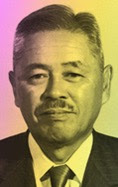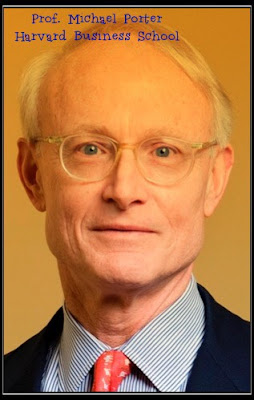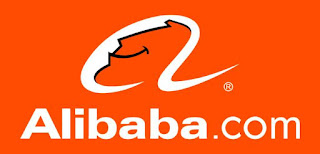 |
| The Seattle, US based world's largest aircraft manufacturer |
Boeing, the 103 year old company established in Seattle US is passing through one of the toughest periods in it's history over the past 24 months due to mismanaged outsourcing activities to Engg software partner HCL from India. The matter of fact was that in order to cut costs, Boeing's 737 Max display software was outsourced to HCL from India, who were managing the show with $9-an-hour engineers. There is also an allegation that Boeing is coming with these allegations against HCL in a concerted and veiled attempt to wash it's hands off the two major aircraft disasters that have hit Boeing 737 Max 8 over the last year.
The annual revenue for Boeing in 2018 ((founded in 1916) was US$ 101 billion while that for Airbus, the competitor from France with France, Germany and Spain as the founding members (founded in 1970), during the same period was approximately US$ 73 billion, Boeing has a clear 30% revenue edge over Airbus, but day by day this lead is narrowing down, raising lot of eyebrows.
The annual revenue for Boeing in 2018 ((founded in 1916) was US$ 101 billion while that for Airbus, the competitor from France with France, Germany and Spain as the founding members (founded in 1970), during the same period was approximately US$ 73 billion, Boeing has a clear 30% revenue edge over Airbus, but day by day this lead is narrowing down, raising lot of eyebrows.
 | |
| Dennis Muilenburg, CEO Boeing |
There was no other option for Boeing to remain in business competing with Airbus, than by doing extreme cost-cutting, often at the expense of the life of its customers and by laying off many of it's experienced engineers, some of the finest in the world, who had many years of experience handling safety issues.
Glad that both the Boeing 737 max display software glitches leading to major accidents happened outside US, in Indonesia and Ethiopia, else the iconic company would have been liquidated by now. HCL too has a lot of dirty baggage to carry around because of this incident.. Remains to be seen where they will wash this dirty linen and baggage.
This is a great case study on how cheap incompetent outsourcing can kill companies and their reputation, leading to large financial burden too .
Will Boeing survive for a decade more ? Maybe, it will. but people have lost their trust and goodwill in this company for ever. They are aware the company will go to any extent to firm up it's bottom line, often at the expense of its valued customers' lives ..
Some of the uncomfortable questions, global customers and the traveling public from around the world could ask Boeing would be the following ..
 |
| Courtesy CBC news and Boeing .. |
1. Did the Boeing CEO Dennis Muilenburg think correctly before he went on with the 737 Max display software outsourcing issue, though press reports say he still defends his decisions to do so ?
2. Why was there an undue haste in releasing the new 737 Max series with compromised engineering, security, audit processes ?
3. Already having their order books full, why did Boeing show haste in the 737 max models bringing disrepute to a global brand and putting air travel customers in a piquant situation ?
4. Will this temporary glitch and setback to Boeing affect its other development plans for the future ?
5. Is Boeing compromising on quality and audit trail issues / FMEA processes which are affecting the flight-worthiness of it's planes ?
 |
| The 160 seater COMAC C919 from China .. airlines.net |
The coming days is sure to bring more news in the public domain and we will be more aware of the pressures Boeing and Airbus are going through in the global competition to catch the airlines dollars .. The advent of Chinese COMAC and possibly India's HAL in the near future can be unsettling news for the aircraft majors.
Click here to read my blog about the top international passenger aircrafts of the world .. The 160 seater twin engined COMAC (Commercial Aircraft Corporation of China) C919 is the new Chinese entrant in the medium capacity, mid-range aircrafts of the world. How soon will it be able to catch up with the 2 major aircraft manufacturers ?
George..







































